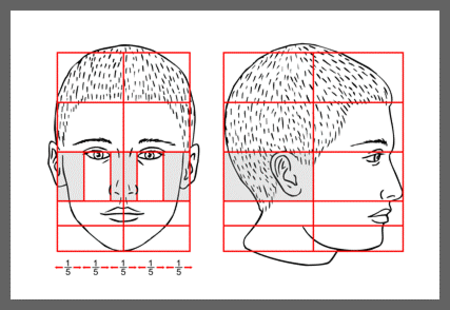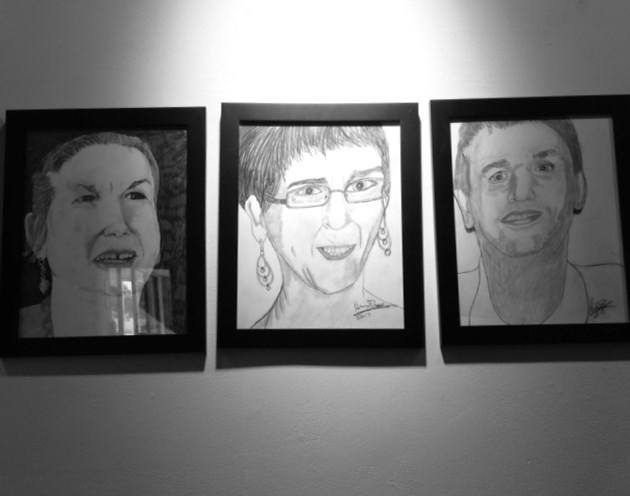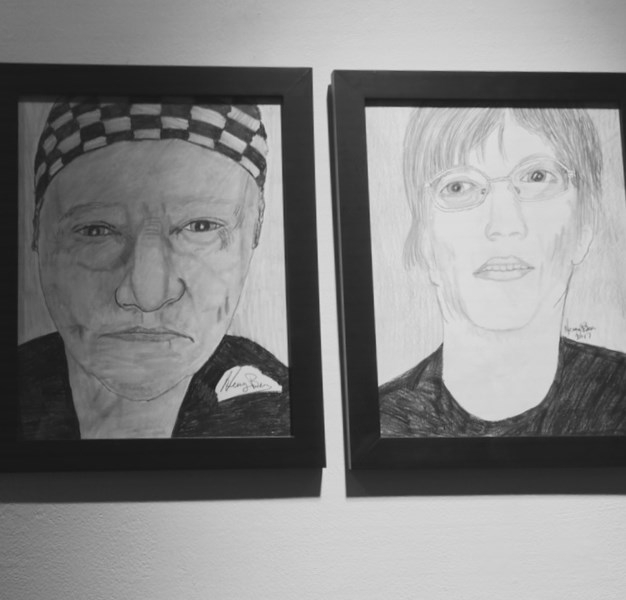LIFE DRAWING
Life drawing is also known as figure drawing. It is the perfect starting point for the beginning artist. The basics of art are learned here and members need not worry about meeting advanced or intermediate skill levels. Art classes also provide one on one training by an experienced teacher, art books are available for reference. Life drawing is a problem-solving exercise that challenges the artist to mimic proportions according to the size variable. The fundamentals taught here work as tools for future artistic endeavors carrying over into other mediums including pastel, watercolor, and acrylic painting.
The drawing of geometric shapes is a large part of the initial development of artistic technique. Shapes are applied when blocking out areas of any drawing. Look closely and you can see a wide array of shapes within each drawing. Shapes are the foundation of drawing not only living figures but still life and landscape drawings and paintings.
Moving into Perspective and Distance
Depicting any object or location accurately requires placing the elements properly within their surroundings. It is important that the artist consider how people perceive distance, size, and direction of movement. These are the pieces that help determine the proper perspective. Perspective drawings have what is called a horizon line. This is usually considered the visual point that the viewer is seeing in the distance from his eye level. A horizon line, whether visually there or not is necessary to create perspective in a picture. One Point Perspective drawing means that the picture has a single vanishing point and lines remain parallel to one another. All lines leading toward the horizon should converge at this single point. This point usually falls opposite the viewer's eye on or just above the horizon line.
IDEAL FACIAL PROPORTIONS
Learning to draw a properly-proportioned face can be overwhelming, and no two faces are really the same. However, learning the ideal facial proportions can help you understand where the elements of the face should generally be placed, and this will get rid of much of the uncertainty and make tackling the faceless intimidating.
There are several different approaches to plotting out the facial structure, and the one we will be discussing is one of the easier to understand methods. Follow the steps outlined below, keeping your guidelines light so that they can be erased later:

a) divide the space between the nose line and the chin (bottom of your face) horizontally into thirds. The place where the lips meet should fall on the first line below the nose line.
b) or draw a line halfway between the nose line and the bottom of your face. The very bottom of the lower lip should touch this line. The ears should be placed on the outside of the face, between the eye line and the nose line.
If you would like to learn more about life drawing, come in and see us. This is just one of the fine arts classes taught at 9Muses Art Center. Classes are taught by professionally trained staff. Sign up today.


